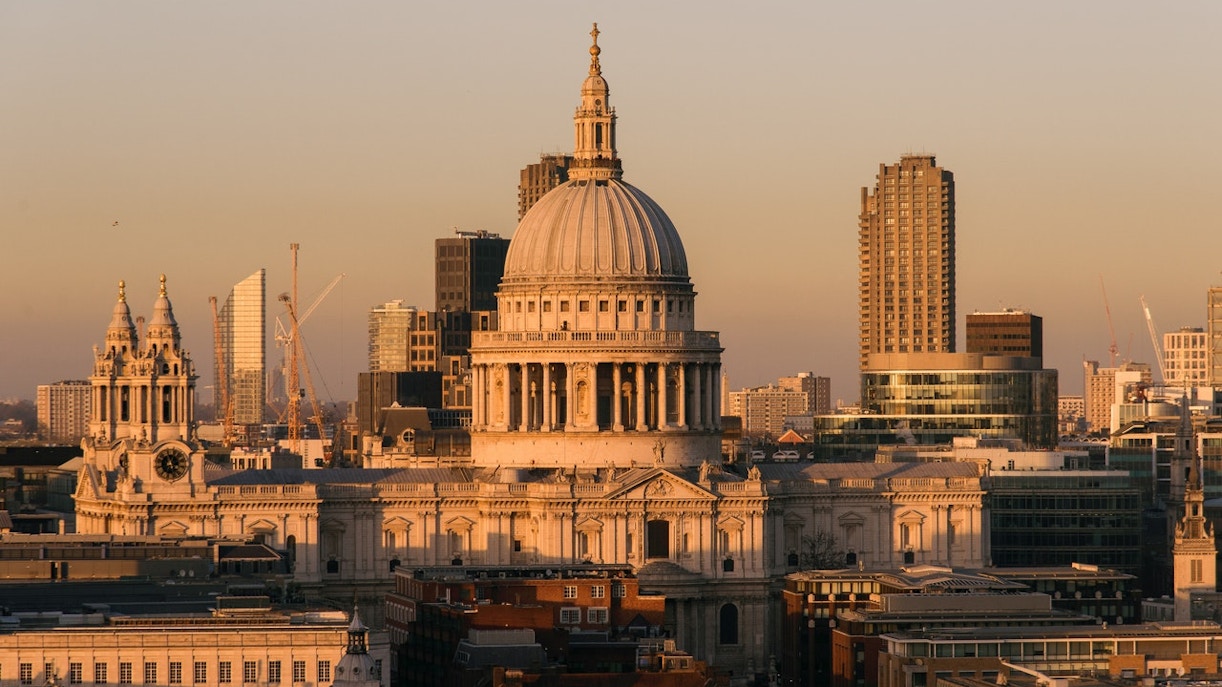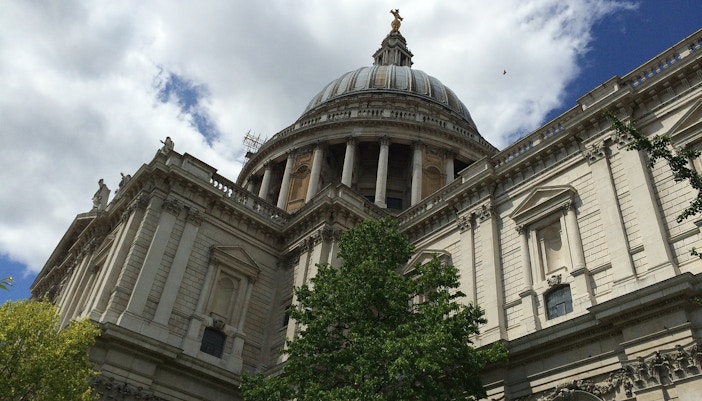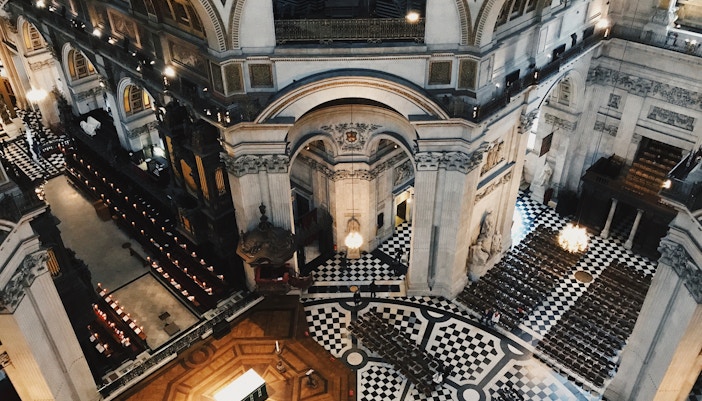The Old St Paul’s Cathedral was built between 1087 and 1314 as a dedication to Paul the Apostle. The construction took over 200 years to complete, briefly delayed by a fire in 1135. During the mid-1300s, work was finally completed, and the Cathedral was the most stunning building of its time. Unfortunately, the Great Fire of London destroyed most of the church in 1666, until which time it was the tallest church in Great Britain and the third largest one in all of Europe. It was destroyed so severely that almost nothing of the old church remains today.



















